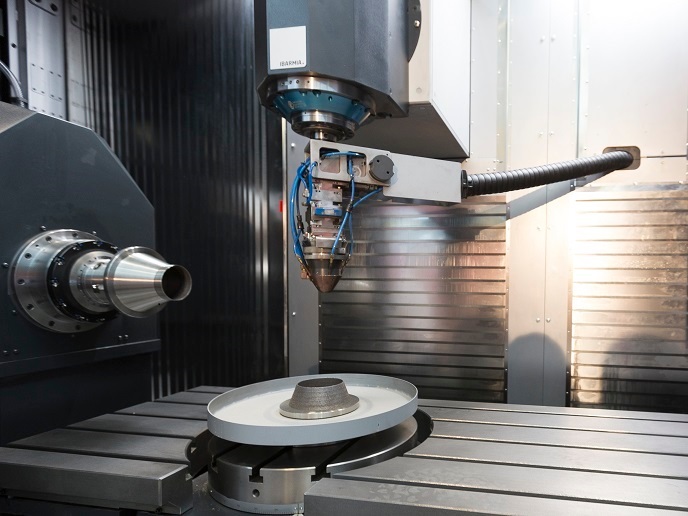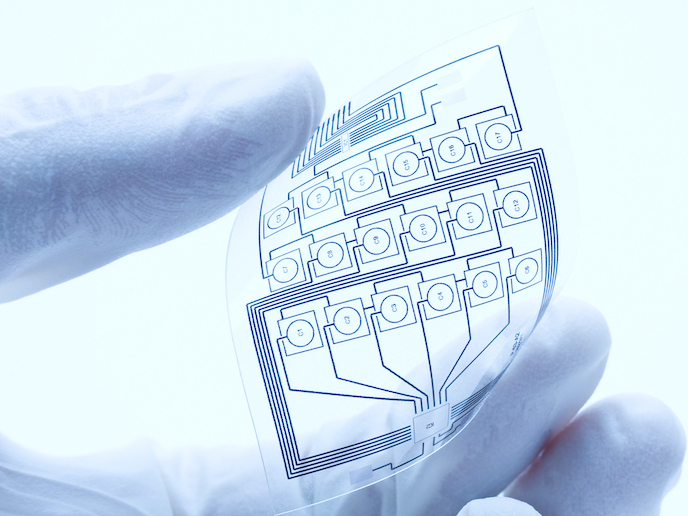Minimising power consumption in finish grinding
From automotive parts to bearings production, grinding constitutes one of the most important processes of modern industry. Yet, this critical machining operation in precision manufacturing processes is still considered as extremely demanding in energy resources. Urged by this, the ENGY project aimed at designing and implementing low energy and eco-efficient grinding technologies. In order to improve the energy efficiency of grinding, the entire grinding system including machine, tool, process control and parameters was investigated. One of the major causes of the large amounts of electrical energy consumption was attributed to stationary operated sub-systems of the machine tool. In spite of their actual process state, these systems account for significant energy consumption irrespective of any modifications in grinding parameters. Hence, energy savings in grinding would require shorter process times. Spark out operations are considered critical for the workpiece's quality in terms of roundness and surface roughness properties. Putting spark out operations under the microscope, researchers focused on the spark out time without compromising the piece's quality. More specifically, the key issue was to specify the ideal spark out time required to process the worst possible input. A new sensing device was developed that would allow adaptive control of spark out time on the basis of identified quality parameters such as roundness error. The system relies on signals of acoustic emissions in order to record information on the actual part geometry within the process. For further information click at the project site: http://www.lms.mech.upatras.gr/engy/







